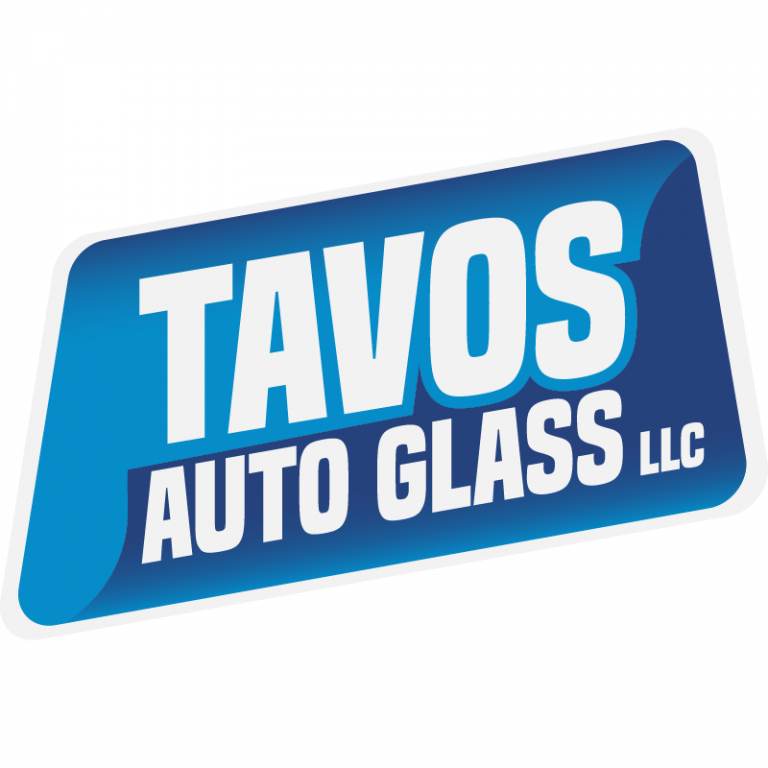Precision Matters
Advanced Driver Assistance Systems (ADAS) require precise calibration after windshield replacements. Tavos Auto Glass LLC offers expert ADAS calibration to keep your safety systems in sync.
Service Features
- State-of-the-art tools for accurate adjustments.
- Technicians trained in ADAS technology.
- Fast service to get you back on the road safely.
Stay Safe with Proper Calibration
You’ll be interested: Unlocking the Power of Potency Enhancers: A Comprehensive Guide
Learn more about ADAS calibration on our services page or schedule today.



